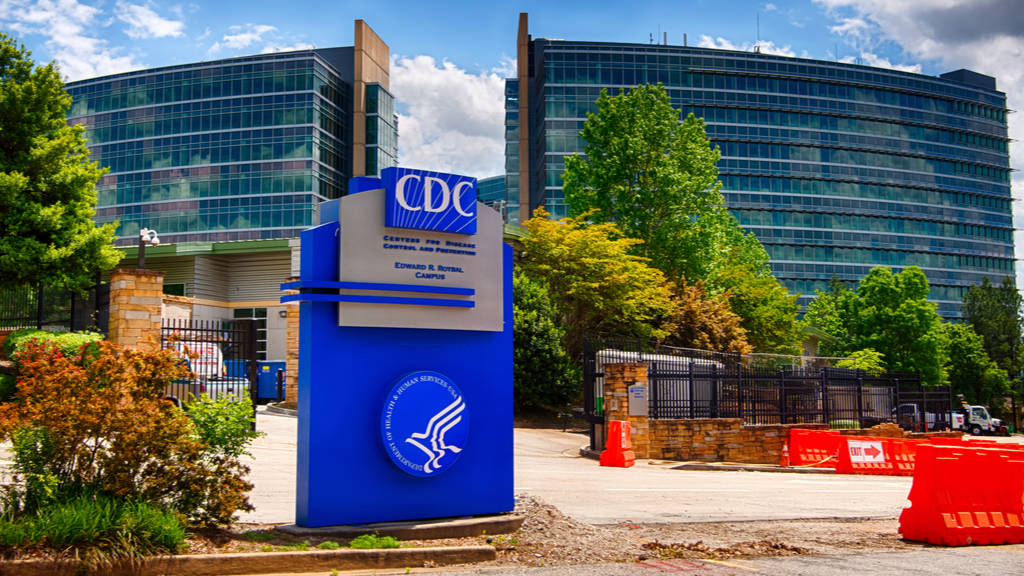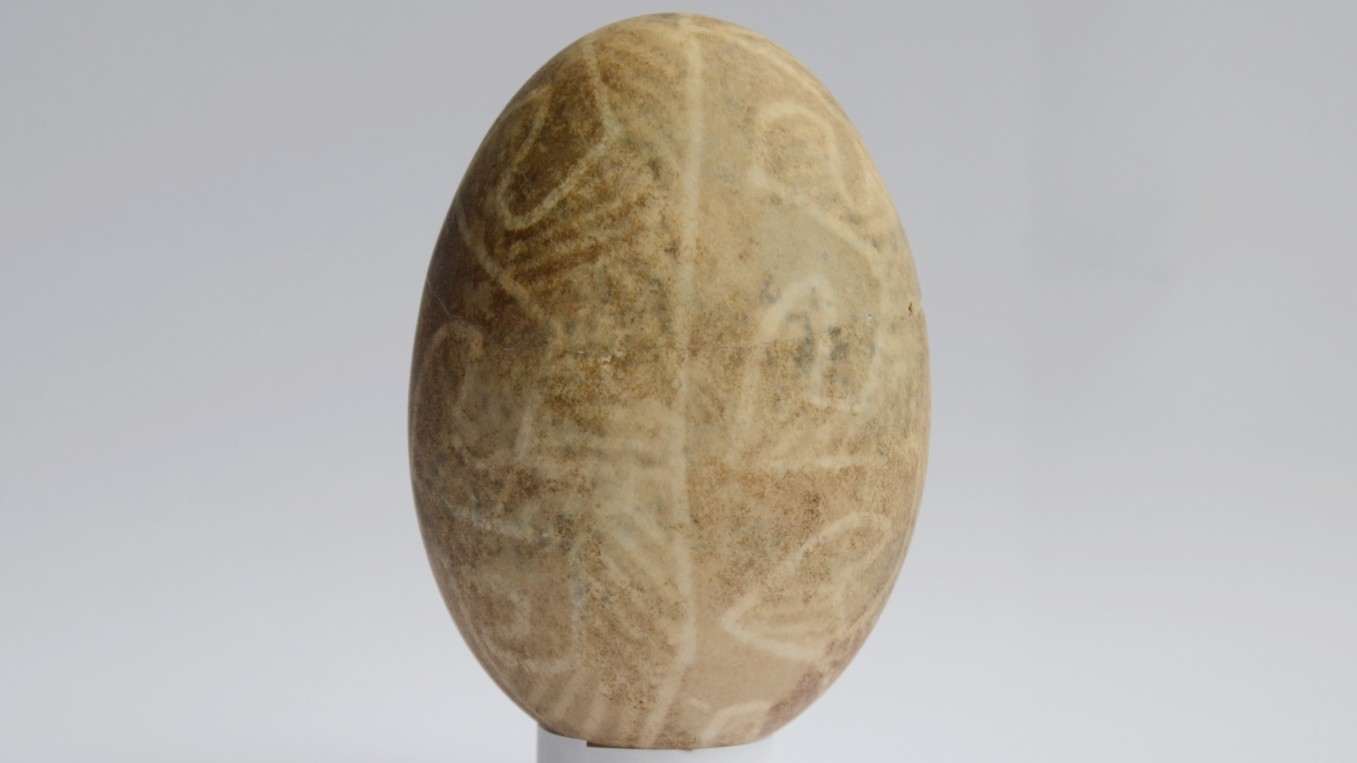COVID-19 quarantine now 10 days, 7 with test, CDC says

The Centers for Disease Control and Prevention (CDC) has shortened the quarantine period for close contacts of people with COVID-19. That period is now 10 days if the person doesn't develop symptoms — or seven days, if the person has no symptoms and gets a negative test at the right point in time.
Previously, the CDC recommended that close contacts quarantine for 14 days after exposure. The new guidelines say people can stop quarantining after 10 days if no symptoms emerge; they can exit quarantine even earlier, at seven days, if they test negative for the virus with a diagnostic test on Day 5 or later. Both PCR tests and antigen tests will work for this purpose, Dr. John Brooks, the Chief Medical Officer for the CDC's COVID-19 response, said in a news briefing on Wednesday (Dec. 2).
For those who test out of quarantine, they can get their diagnostic test up to 48 hours before the seventh day, so as early as Day 5. If a negative test result comes back quickly, they should still stay in quarantine until Day 7. If the test result comes back later than Day 7, they should wait to exit quarantine until they have their results.
Related: 20 of the worst epidemics and pandemics in history
Even after exiting quarantine early, "people should still watch for symptoms for … a full 14 days after exposure," Dr. Henry Walke, the incident manager for the CDC's COVID-19 response, said during the briefing.
"The recommendation … was based on extensive modeling, not just by CDC," Brooks said. "All of these [studies] point in the same direction," suggesting that shorter quarantines can still significantly reduce infections while enabling more people to follow the guidance, he said.
The new recommendation does carry a small risk in that some people could spread the virus after exiting quarantine, Brooks added. However, that risk is fairly small — it's estimated that a person stopping at Day 10 has about a 1% risk of spreading the virus, while someone exiting at Day 7 with a negative test has a 5% risk. And of course, the CDC advises those exiting quarantine to continue taking other precautions, such as tracking their symptoms, social distancing and wearing masks.
Sign up for the Live Science daily newsletter now
Get the world’s most fascinating discoveries delivered straight to your inbox.
"When we get more people on board to complete that [shorter quarantine], overall, that will result in fewer infections," Brooks said. In other words, if more people comply with the short quarantines than long ones, the benefits should outweigh the risks of their leaving quarantine early. It's difficult to gather data on how many people typically complete the 14-day quarantine, but anecdotally, local public health departments have reported accounts of people stopping too soon, Walke said.
"I think it's a good thing that people have options to prevent infections," Dr. Cindy Friedman, chief of the travelers health branch at the CDC, said in the briefing. The 14-day quarantine can pose a huge economic burden for those who can't work during that time, so shorter quarantines will likely increase compliance, Brooks said.
While the CDC's recommendations for quarantine have changed, the agency's guidance on self-isolation — for people who test positive for COVID-19 — has not. The CDC says that people can exit isolation on Day 10 of their illness, provided that they haven't had symptoms within 24 hours, Brooks said.
As for winter holiday travel, "the safest thing to do is to postpone holiday travel and stay home," Friedman said. For those who do travel, there are ways to make the trip safer, she added. The CDC recommends travelers be tested one to three days before their trip, and then again three to five days after arriving at their destination. Once back home, travelers should eliminate non-essential activities for at least seven days and track their symptoms for two weeks.
"We know it's a hard decision, and people need time to prepare and have discussions with family and friends and to make these decisions," Friedman said. "Our recommendations are trying to give them the tools they need to make these tough choices."
Originally published on Live Science.

Nicoletta Lanese is the health channel editor at Live Science and was previously a news editor and staff writer at the site. She holds a graduate certificate in science communication from UC Santa Cruz and degrees in neuroscience and dance from the University of Florida. Her work has appeared in The Scientist, Science News, the Mercury News, Mongabay and Stanford Medicine Magazine, among other outlets. Based in NYC, she also remains heavily involved in dance and performs in local choreographers' work.










